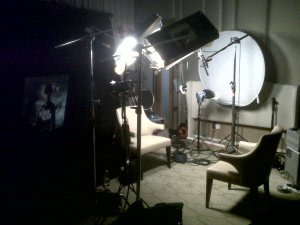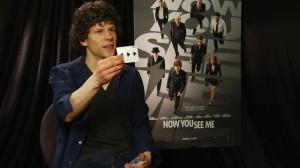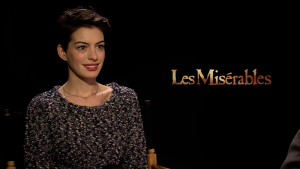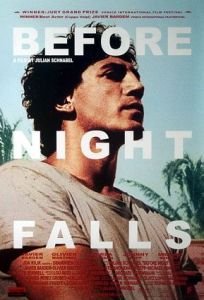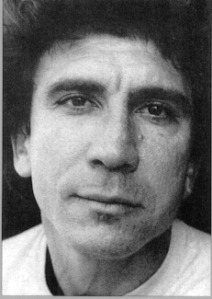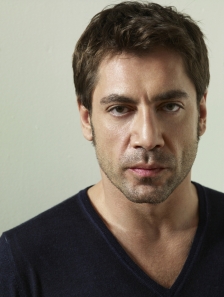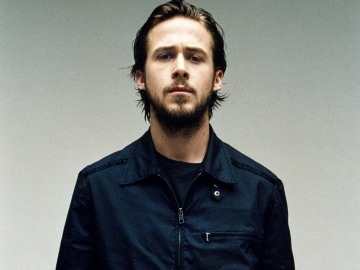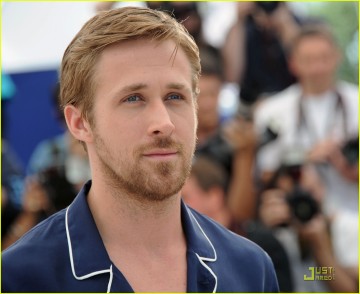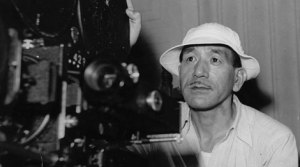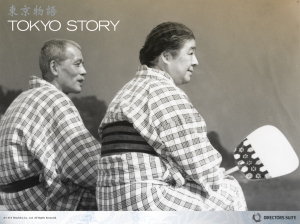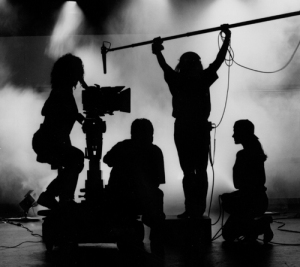They rarely share the big screen with full lengths, except during film festivals. But the vast global repertoire of short films is something to speak of, and one would kind of wonder why they couldn’t win major awards.

Image source: stepsnews.wordpress.com
The advantage of short films is also the challenge about them: They’re short. Scenes are indispensably useful, and character developments are launched off the bat. They only run the risk of being boring for brief minutes. But they minimize the misleading elements, the kinds that might be inserted in features due to the confusing wealth of takes.
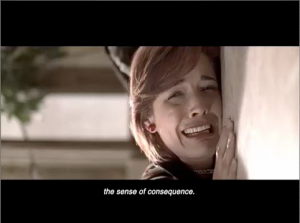
Image source: creativereview.co.uk
The message tends to leap at the viewer whole. If a short film doesn’t have a solid, obvious message, then it’s usually there to set the mood for a big plotline outside of the movie. That much is left to the viewer’s imagination. A short story’s meaning is a good parallelism to this characteristic.
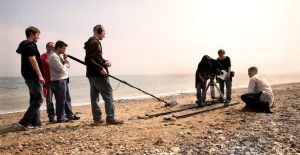
Image source: myobshowuk.blogspot.com
Short films are a challenge in that they are usually an aspiring filmmaker’s amateur attempt to finish a piece. The resources that go into creating one, however, are no joke. These are usually independently funded, and for student filmmakers, they require knocking at the doors of interested donors.
The shoot is a massive haul of scouting for locations, convincing talents to work without a fee, and getting a lot of help from friends. The crew is often a tight band of many talents, working part-time for a passion. They’re not full-time filmmakers with a budget to waste, so setting shoot schedules is any line producer’s nightmare.
Learn more about the life of aspiring filmmaker Samantha Pouls on this blog.

